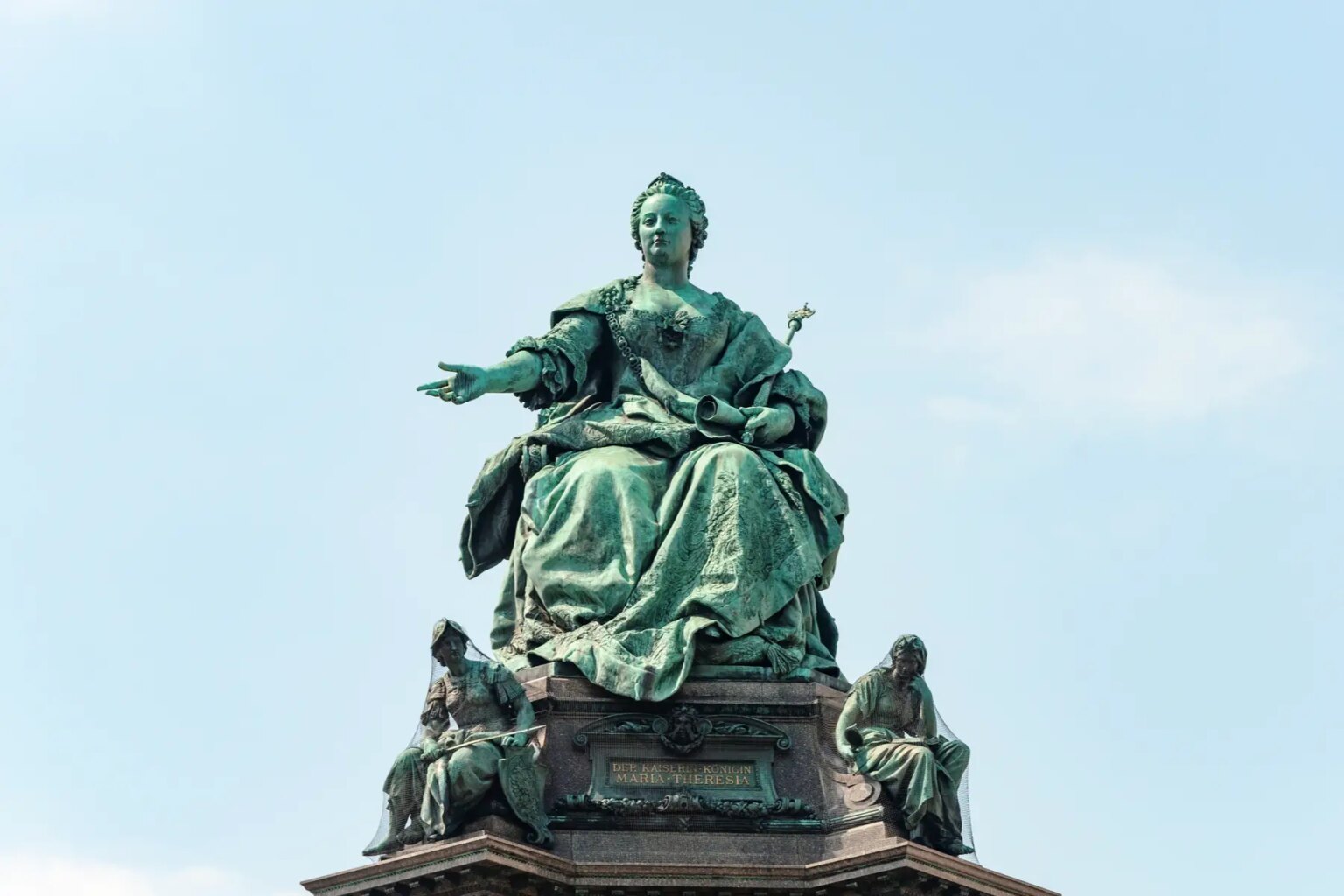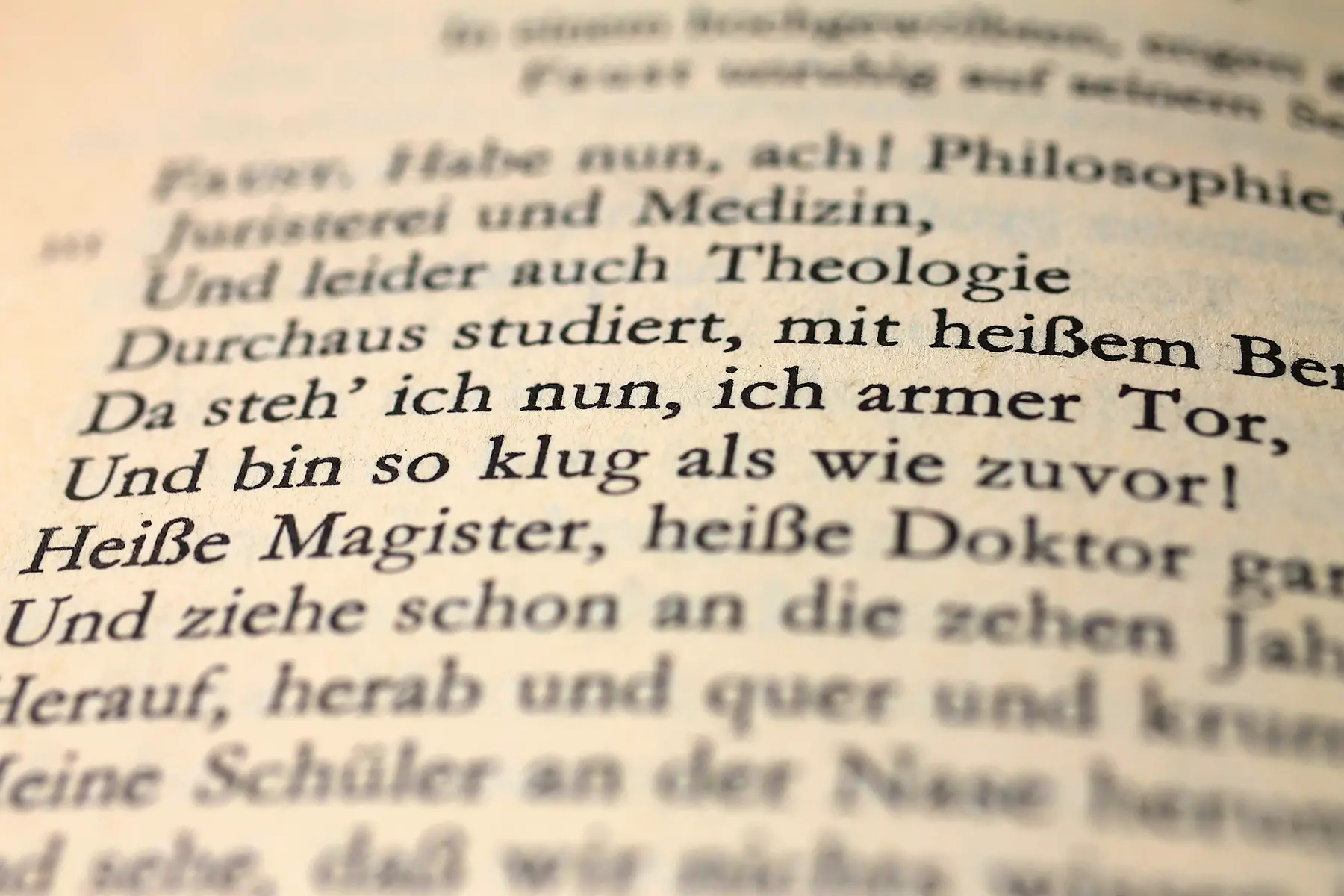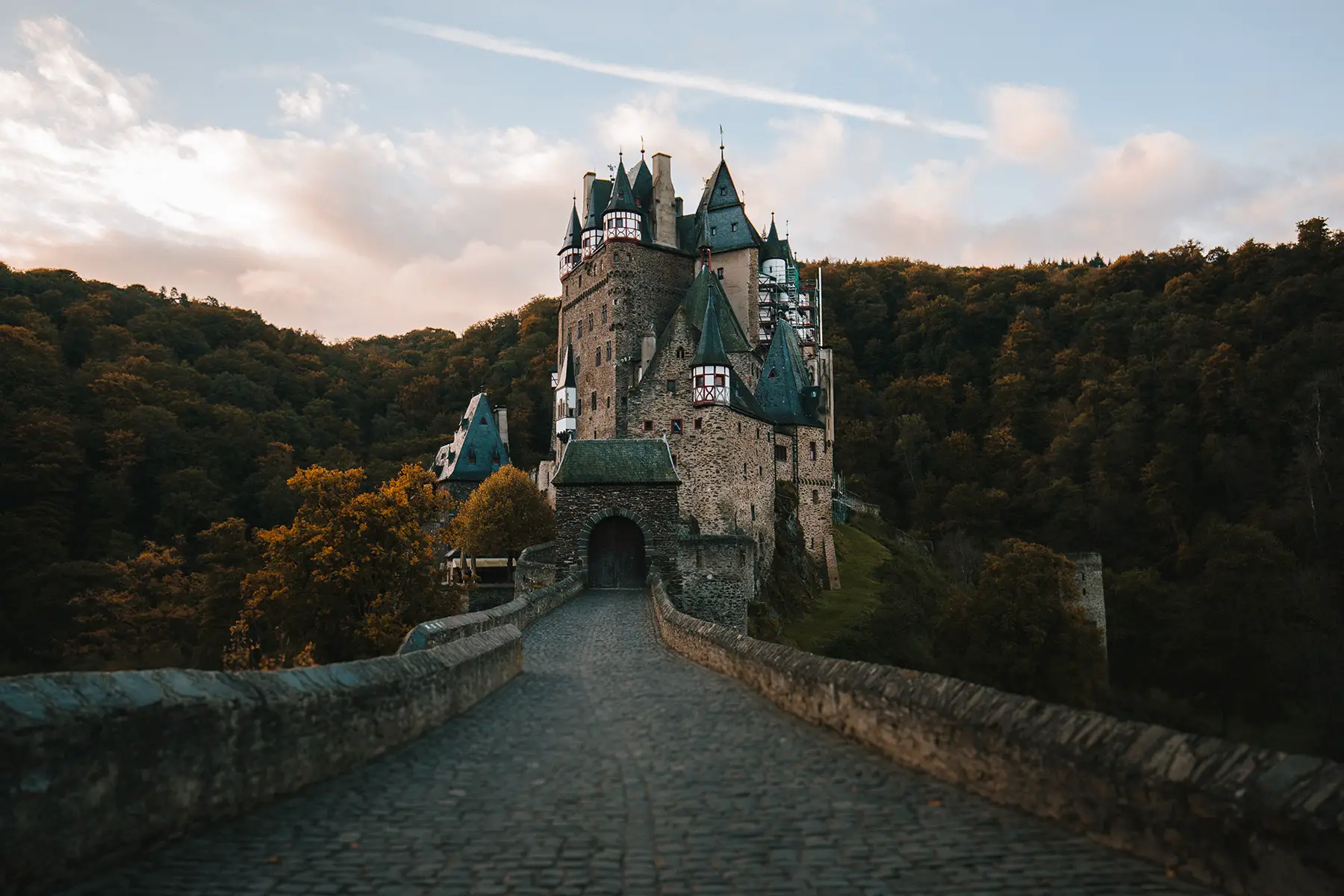The history of Austria is a long tale full of conquest, empire, conflict, and royalty. And that’s just under the legendary Habsburg Dynasty. The country’s colorful past stretches back to its humble beginnings in the Stone Age when it was a place of natural abundance ripe for plucking by savvy Celts. Later, what became the Austro-Hungarian Empire stretched across large swathes of Europe, resulting in heated battles for regional superiority. And then, in the 20th century, there were the two World Wars, and after them, the embracing of the European Union.
To give you a brief overview of the fascinating history of Austria, this handy guide includes the following information:
A few historical highlights
The area we now call Austria dates back to the Stone Age. But, the name of Austria has been in use since 996 AD, when the region was called Ostarrîchi. And, since it has been around for several millennia, you can imagine that the history of Austria is long and full of ups, downs, and plenty of intriguing tales.
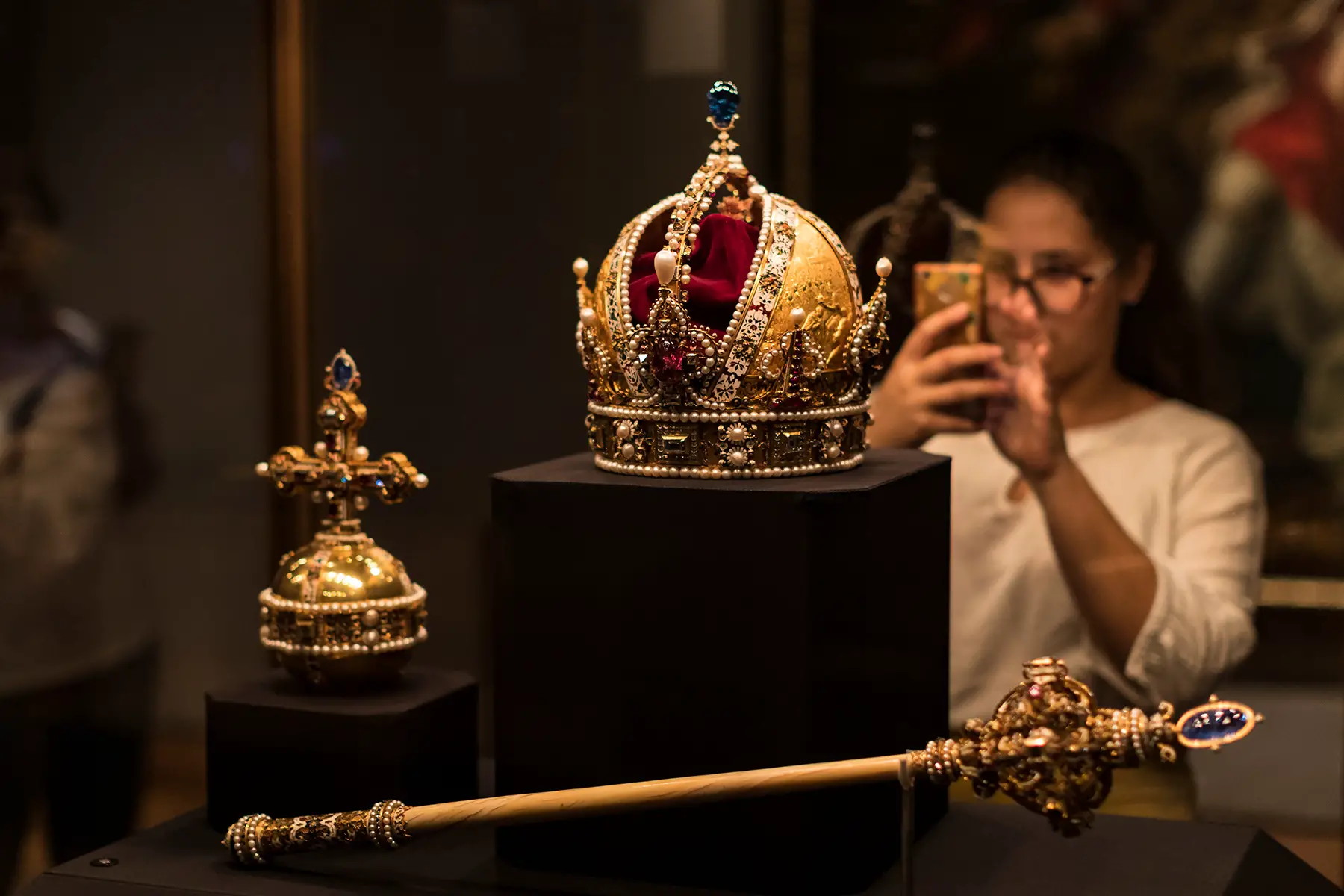
In fact, you might already know some parts of the history of Austria. This is because it includes legendary highs, unfathomable lows, and a cast of captivating characters. At various points, Austria was part of the Duchy of Bavaria, capital of the Holy Roman Empire, and home to the storied House of Habsburg.
But, the country also battled through the Austro-Prussian War, saw the crumbling of the Austro-Hungarian Empire, and later, was annexed by Germany through an Anschluss that pre-empted WWII. Nevertheless, Austria as we now know it started in 1955, as the independent Second Austrian Republic. And, of course, it has made itself an indispensable part of Europe since joining the European Union in 1995.
Austria in Antiquity
All good stories start at the very beginning, and so the history of Austria begins in Antiquity. The region had already been settled in the Paleolithic Age. Later, a big Celtic community became rich by settling in the Danube Valley and accessing its abundance of mineral resources, including salt and iron. It was at this time that Scottish and Irish monks brought Christianity to Austria.
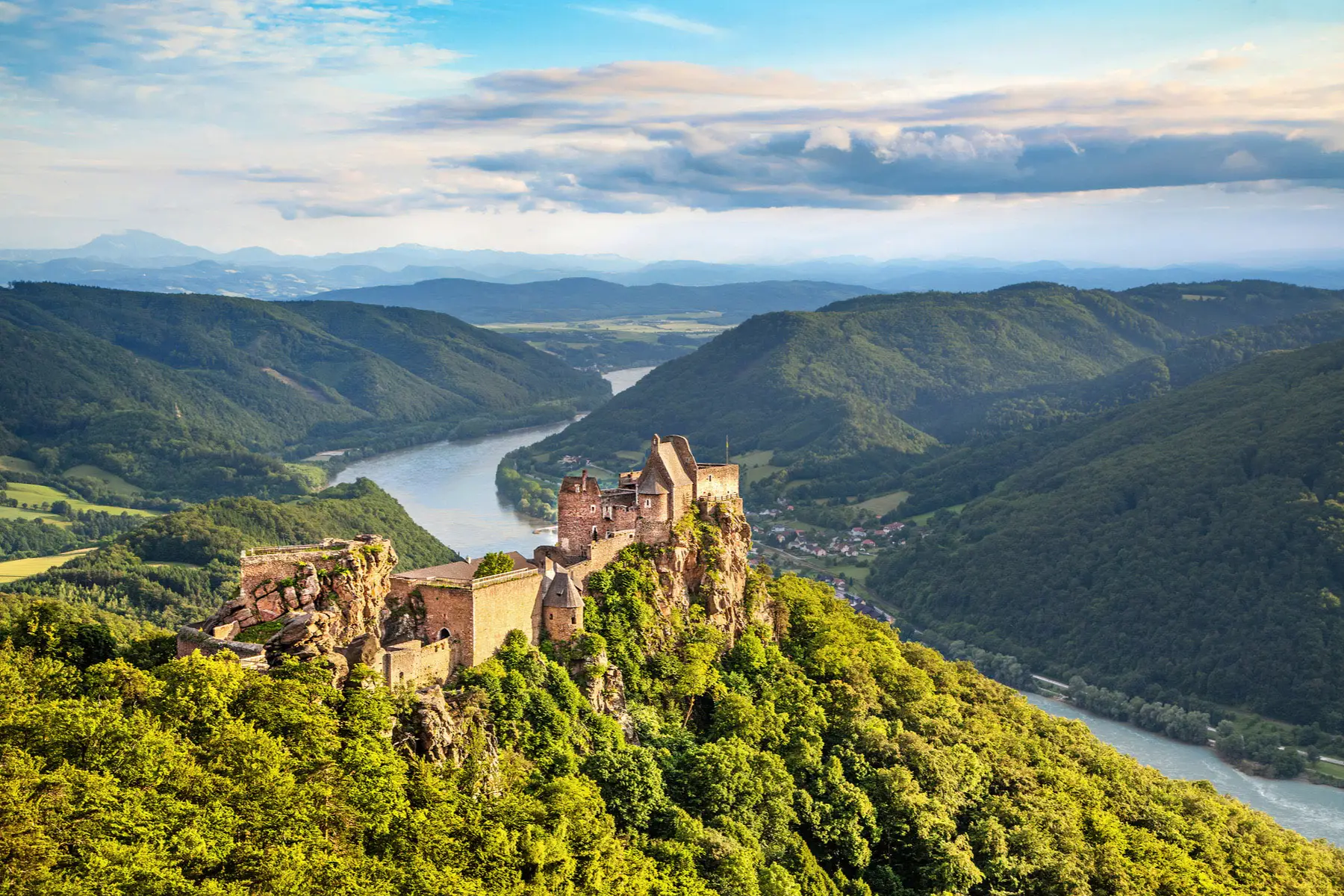
Between 200BC and 15BC, the mighty Roman Empire took control of the region, ruling for nearly 500 years. Later, they became an important trading partner. After the Romans left, Austria became a center of migration – much as it still is today. German tribes and Hunnic horsemen came in from the west, while Slavic communities came to settle from the east.
By the end of the 8th century, French king Charlemagne established the Carolingian East March around the Danube Valley to stop invading armies. The area was called Ostmark, which later became Österreich, the current German word for Austria. During this period, Irish and Scottish monks also converted the locals to Christianity. You can read more about religion in Austria in our handy guide.
The Middle Ages in Austria
Now, this is where the history of Austria starts to get interesting. All those kings, emperors, and dynastic families you hear about in Austria? This is where it all starts.
The first most notable clan were the Babenbergs. This noble family from Bavaria was given the running of the region in 976. Of course, they used their new-found influence to expand their power, cleverly politicking their way into being one of the empire’s leading families. Additionally, Austria gained “Duchy” status in 1156, giving the family a slew of privileges.
The Habsburg Dynasty
After this, came the all-important Habsburg Dynasty. The family was given the Duchy of Austria in 1282, and they used this to become the most infamous name in Austria. Over several centuries, the Habsburgs married, politicked, and otherwise found ways to systematically increase their power and grow their holdings.
In fact, they acquired the Duchies of Styria, Carinthia, and Tyrol in quick succession; they now form three of Austria’s nine states. Through a clever marriage alliance, a member of the family – Duke Albert V – married the daughter of Emperor Sigismund, and eventually became the first Habsburg to become Emperor. This later paved the way for 600 years of Habsburg rule.
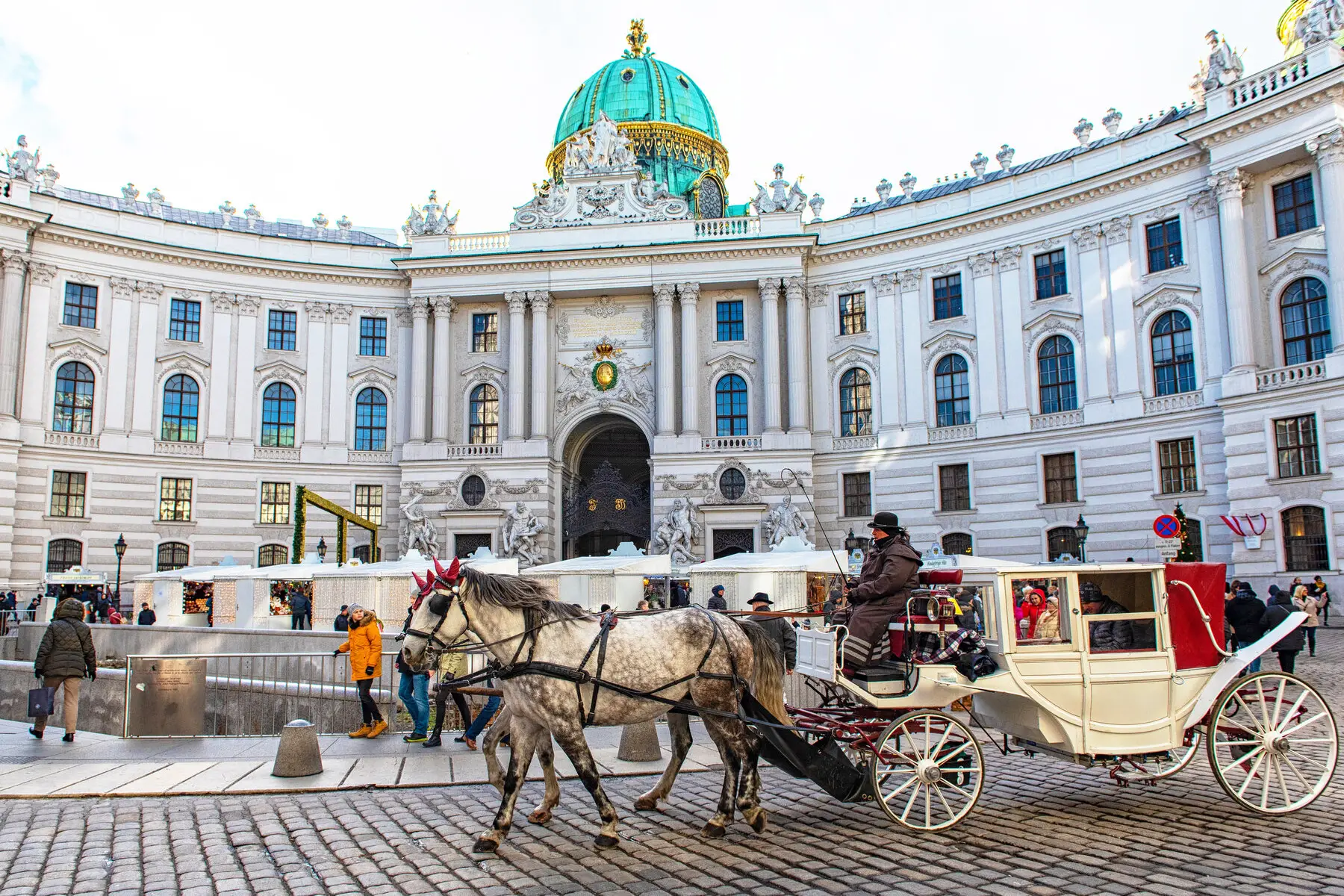
It was under the grand Habsburg Dynasty that much of the legendary history of Austria came to be. They oversaw the building of the Cathedral of Saint Stephen in the 12th century, a Vienna landmark that stands to this day. Many Viennese icons were part of the Habsburg Empire, including the Imperial Palace, better known as the Hofburg.
Later, in the Baroque period, culture flourished in Vienna. It was during this period that other magnificent structures were built across Austria and with the Habsburgs’ blessings. Schloss Schönbrunn and the Salzburger Dom were among these.
Into modernity with the Habsburgs
Under the Habsburgs, the Austrian Empire expanded its territory across swathes of Europe. Thus, at various points in the history of Austria, the Habsburg Dynasty also ruled Burgundy, the Netherlands, Spain, Bohemia, and Hungary. Of course, they also anointed the Holy Roman Emperor.
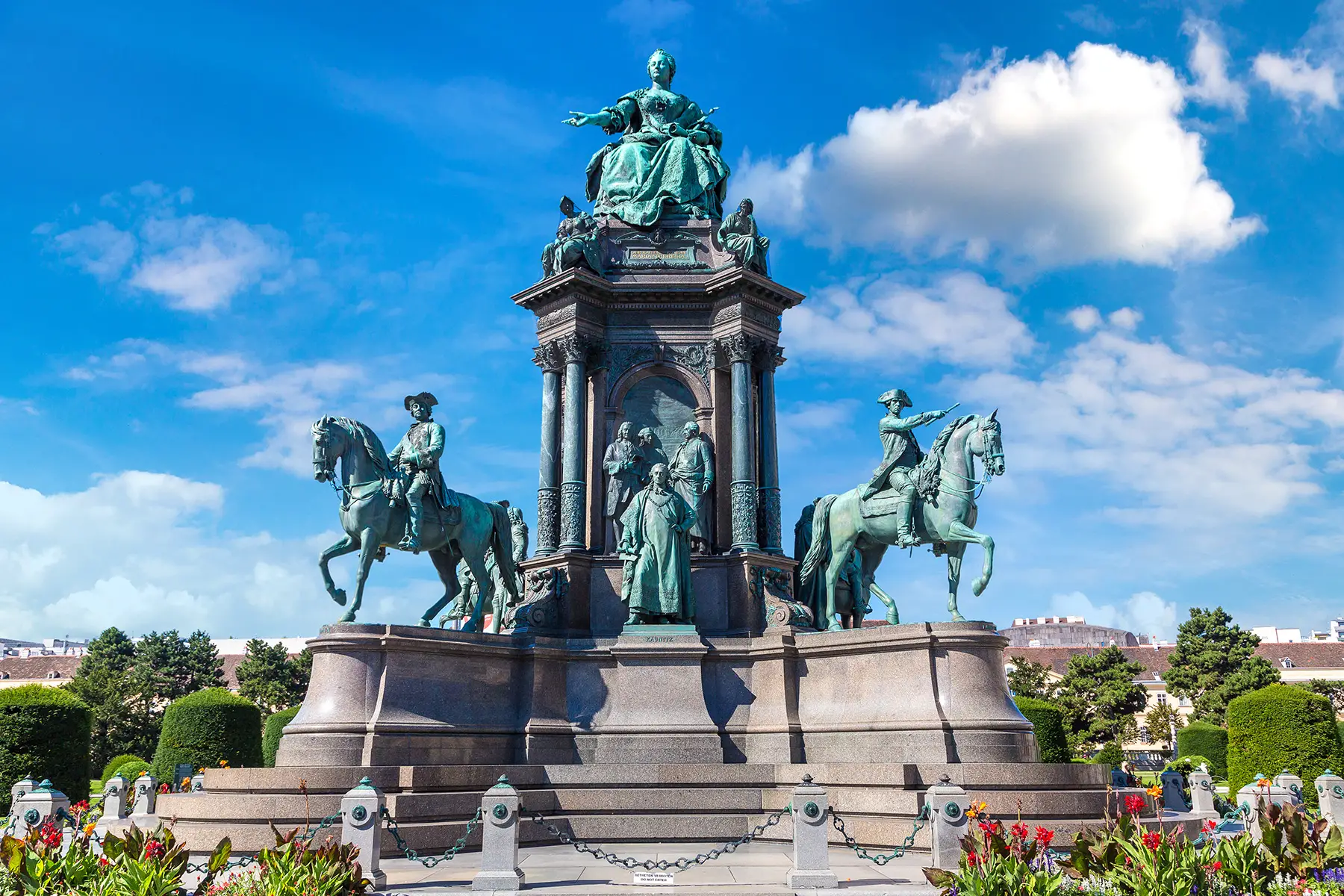
Despite their territorial holdings, the Habsburgs were frequently drawn into conflicts. In fact, during the 16th and 17th centuries, Austria – and indeed, much of Europe – was embroiled in frequent wars with the Ottoman Empire. Although the Ottomans tried to invade Vienna in 1529 and 1683, they were unsuccessful. The failed attempts, however, resulted in Poland, Venice, and Russia joining the Habsburg Empire to repel any further attacks by the Turks.
Following this, in the 18th century, the Habsburgs set the tone for modern Austria by implementing far-reaching reforms. This was largely because of the efforts of Empress Maria Theresa and later her son, Joseph II. Additionally, in the midst of the Napoleonic Wars, Emperor Francis II renounced the crown of the Holy Roman Empire and declared Austria its own empire.
Like Napoleon in France, his efforts were doomed to fail, although this was because of an unforeseen drive for nationalism and independence. And so, in 1867, Emperor Francis Joseph was forced to create the Dual Monarchy of Austria-Hungary, which lasted until after WWI.
The 20th century in Austria
Crucial parts of the history of Austria were still playing out in the 20th century. Following WWI, Austria survived the dissolution of the Dual Monarchy and proclaimed itself a republic in 1918. But, the new, small country struggled to find its footing in the mess of post-war Europe. So, it was ripe for the aggressive annexing by Hitler’s Germany in 1938.
Immediately after WWII, the Allied Forces helped the country become the independent Republic of Austria. But, still stinging from the effects of war, Austria decided to ensure it would never have to go through that calamity again. And so, in 1955, the Austrian Parliament guaranteed Austrian neutrality in a new constitutional law. The country also joined the United Nations that year to affirm its commitment to peace. You can read more about the Austrian government and political system today in our guide.
Useful resources
- Lonely Planet – a country page about the history of Austria
- austria.info – a history page on the official travel portal for Austria
